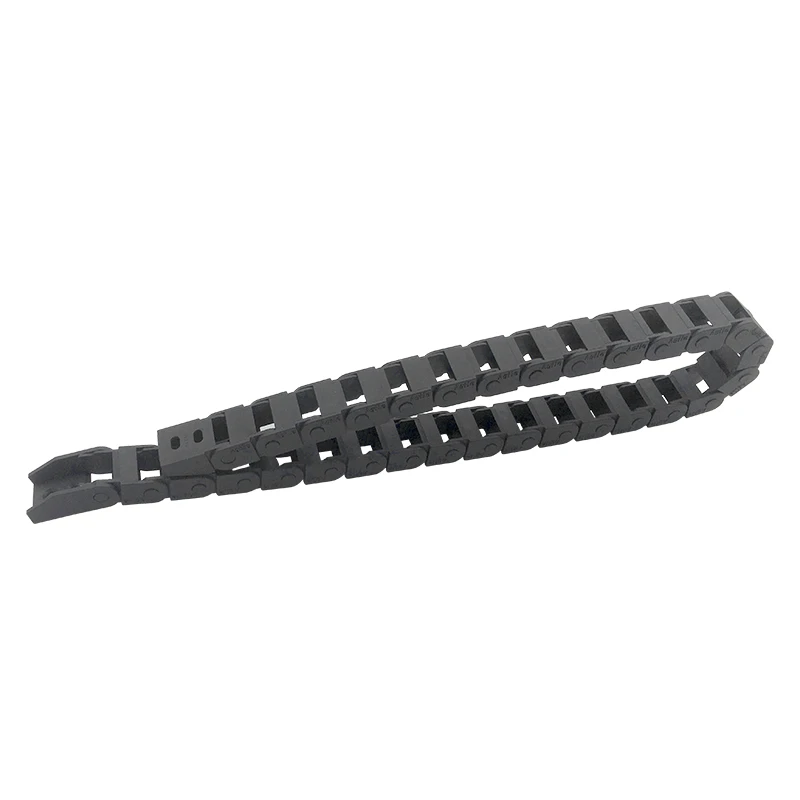drag chain use
Understanding the Importance of Drag Chains in Modern Machinery
In today’s rapidly evolving industrial landscape, the efficiency and reliability of machinery are paramount. One of the unsung heroes in this regard is the drag chain, an essential component designed to manage and guide moving cables and hoses within machines. Often overlooked, drag chains play a crucial role in ensuring the longevity of equipment, enhancing safety, and improving operational efficiency in various applications.
What is a Drag Chain?
A drag chain, also known as a cable carrier or energy chain, is a mechanism that holds and protects flexible cables, wires, and hoses while they move. Typically made from robust materials such as plastic or metal, these chains are designed in a way that allows for a smooth and controlled glide of the cables within them. Drag chains can be found in various industries, from manufacturing and robotics to construction and automotive engineering.
Applications and Use Cases
Drag chains find applications in numerous sectors. For instance, in the robotics industry, they connect power and signal cables to robotic arms, preventing tangling and damage during movement. Similarly, in manufacturing plants, machinery equipped with drag chains ensures that power feeds and control lines are efficiently organized, reducing downtime and maintenance costs.
In the construction sector, drag chains assist with the management of hoses and cables used in cranes and heavy machinery. Their use allows operators to maintain a clean worksite, minimize hazards, and maximize productivity, as there is less risk of tripping or snagging on loose cables.
Benefits of Using Drag Chains
1. Protection One of the primary benefits of drag chains is the protection they offer to cables and hoses. By encasing these components, drag chains shield them from wear and tear, abrasion, and environmental factors, which can significantly extend their lifespan.
drag chain use

2. Organization Drag chains provide a systematic way to organize cables and hoses. This organization not only improves aesthetics but also enhances operational efficiency, as workers can easily identify and access the required connections without the chaotic tangle of wires.
3. Flexibility and Mobility Designed for flexibility, drag chains allow for a range of motion. They can accommodate longitudinal and lateral movements, making them suitable for various machinery configurations. This adaptability is crucial in environments where space is at a premium or where equipment undergoes frequent reconfiguration.
4. Safety By securing cables and hoses in a designated path, drag chains reduce the risk of accidents. Workers are less likely to trip over loose wires, and the chance of equipment malfunction due to damaged cables is minimized.
5. Reduced Downtime With organized cables and reduced wear and tear, operations witness less downtime due to maintenance. Machines can run longer and more efficiently, leading to increased productivity.
Choosing the Right Drag Chain
When selecting a drag chain for a specific application, several factors should be considered. These include the size and type of cables being used, the environment in which the machinery operates (temperature, humidity, exposure to chemicals), and the range of motion required. Additionally, compatibility with existing machinery and ease of installation are crucial for seamless integration.
Conclusion
In conclusion, drag chains are a critical component in modern machinery, offering a myriad of benefits that enhance the operation, longevity, and safety of equipment. As industries continue to prioritize efficiency and reliability, the role of drag chains will only grow in significance. Understanding their function and advantages is essential for anyone involved in engineering, maintenance, or operations within industrial settings. Investing in quality drag chains can lead to substantial long-term savings and improved operational workflows, underscoring their value in the technological ecosystem.








